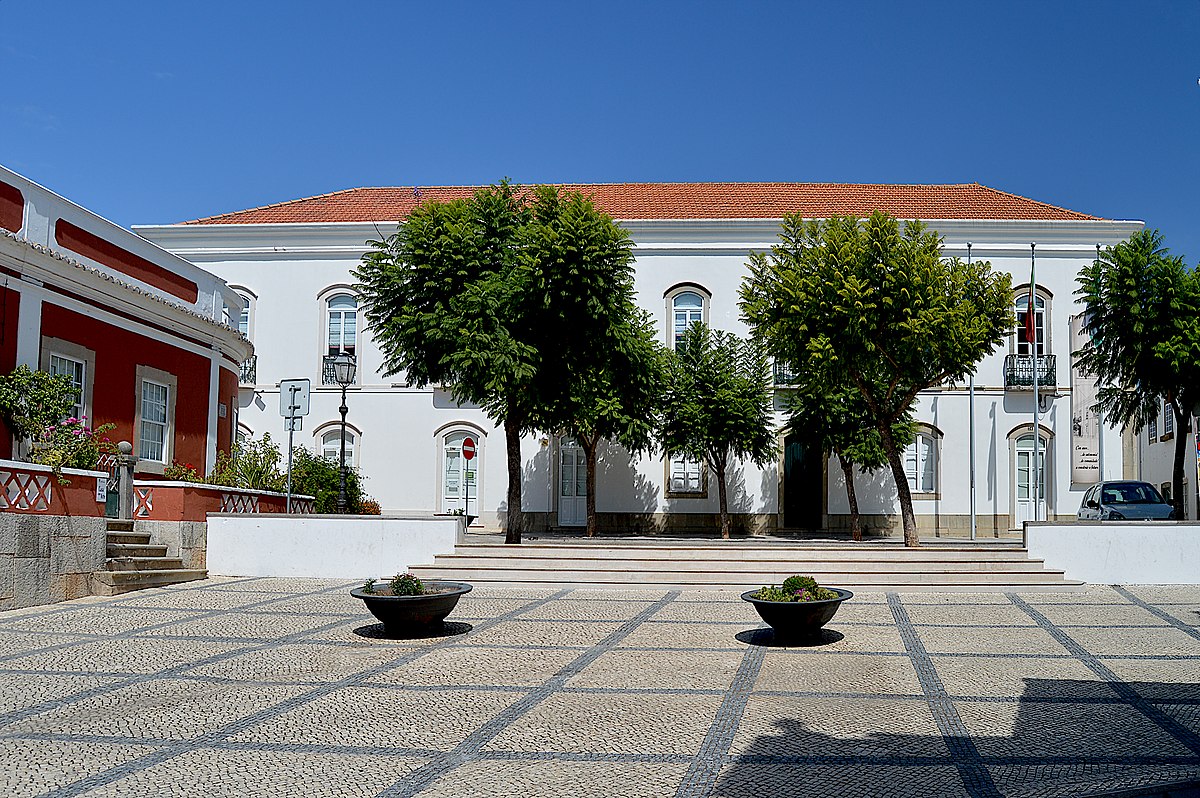
São Brás de Alportel and its municipality is an invitation to come and relax and enjoy the peace and quiet. The town borders the hills of Serra do Caldeirão, offering incredible views of the Algarve coast from its peak. Despite its incredible scenery, it welcomes very few visitors compared to other towns in the region.
The area that is now the municipality of São Brás de Alportel, in common with the Algarve as a whole, was inhabited in prehistoric times and in the days of the Romans. The birthplace of the Moorish poet Ibne Ammar in the 12th century, São Brás de Alportel was by the 16th century a small village with a Hermitage. From the 17th century onwards it was the summer residence of the bishops of the Algarve, who were drawn to it by its agreeable climate, and in the 19th century, it became the crossroad of the routes linking Loulé to Tavira and Faro to Almodôver. The area’s extensive plantations of cork oak provided a springboard for commercial and industrial development and for years São Brás de Alportel was the biggest cork-producing centre in Portugal and the world. Its increasing population and economic importance led to the creation of the municipality in 1914. The gradual transfer of the cork manufacturing industry to the center and north of Portugal has prompted the municipality in recent decades to diversify its sources of economic prosperity.
Attractions in São Brás de Alportel
- Igreja Matriz de São Brás de Alportel
In the heart of São Brás de Alportel is the parish church. The original building is from the 15th century, but much of it was altered after the 1755 earthquake. Highlights include the Baroque baptistery and its unique marble altarpiece. Behind the church, there’s a trail leading to an ancient Roman road known as Calçadinha Romana.

- Jardim da Verbena
Around the 17th century, São Brás was the summer residence of the Algarve bishops. Their Episcopal palace was located right here in this garden. Only a few things remain from that original complex, like the Baroque fountain. More recent additions include a bandstand and the municipal swimming pools.
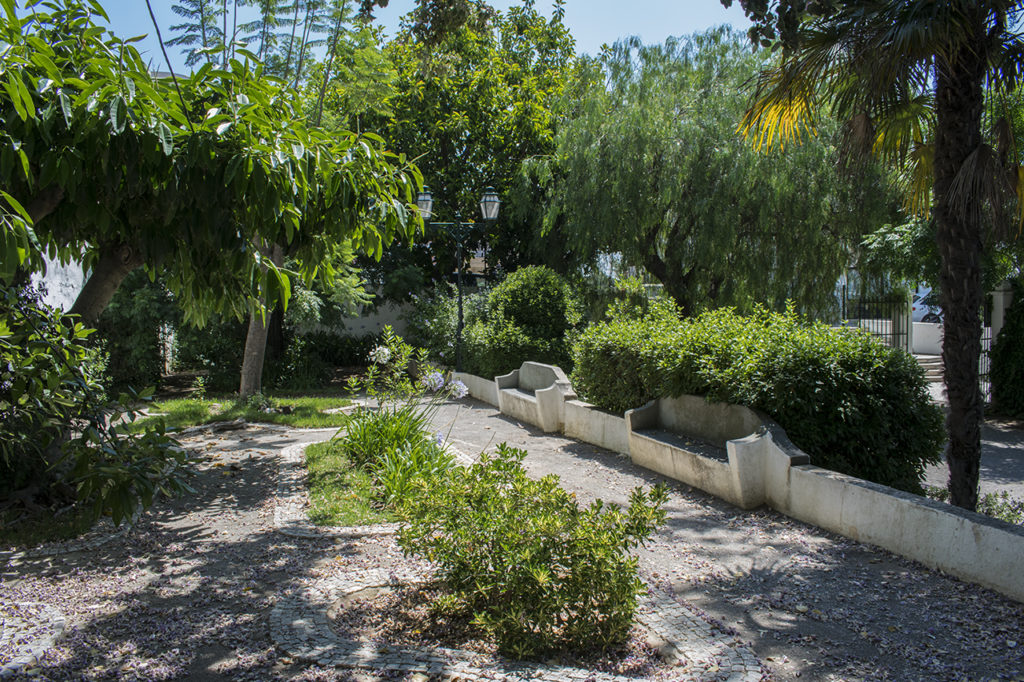
- Algarve Costume Museum
The front of the museum stands out with its iron gates and walls covered in tiles. Inside, you’ll find a variety of costumes used in the Algarve during the 19th and 20th centuries. The museum also features a set of religious sculptures, an exhibit on cork, and a collection of old vehicles.
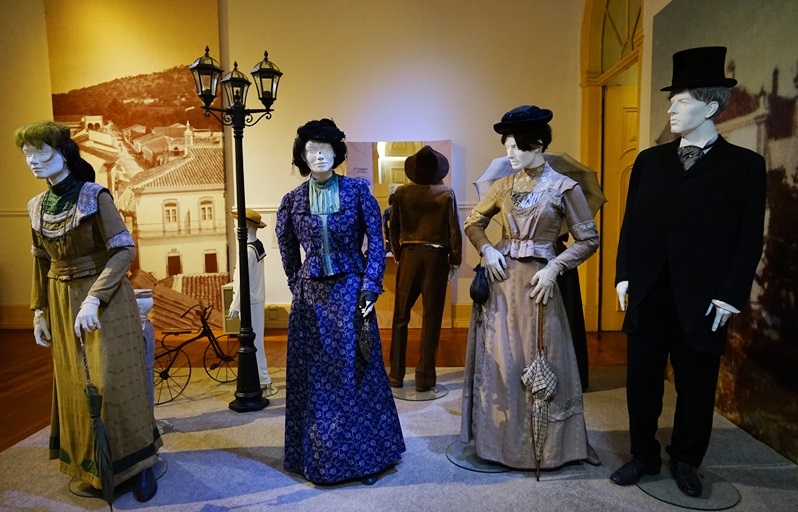
- Casa Memória da EN2
São Brás de Alportel is one of the last stops along the EN2, an old road that crosses Portugal from north to south. This museum pays tribute to this route and the people you’ll find along the way. You’ll learn more about the tradition of limestone extraction and the cantoneiros, the people who helped maintain the roads throughout the years.

- Miradouro do Alto da Ameixeira
After exploring the town center, drive a few miles north towards the Miradouro do Alto da Ameixeira, a viewpoint set along the hills of Serra do Caldeirão. Standing here, you’ll see nothing but lush green valleys ahead of you.
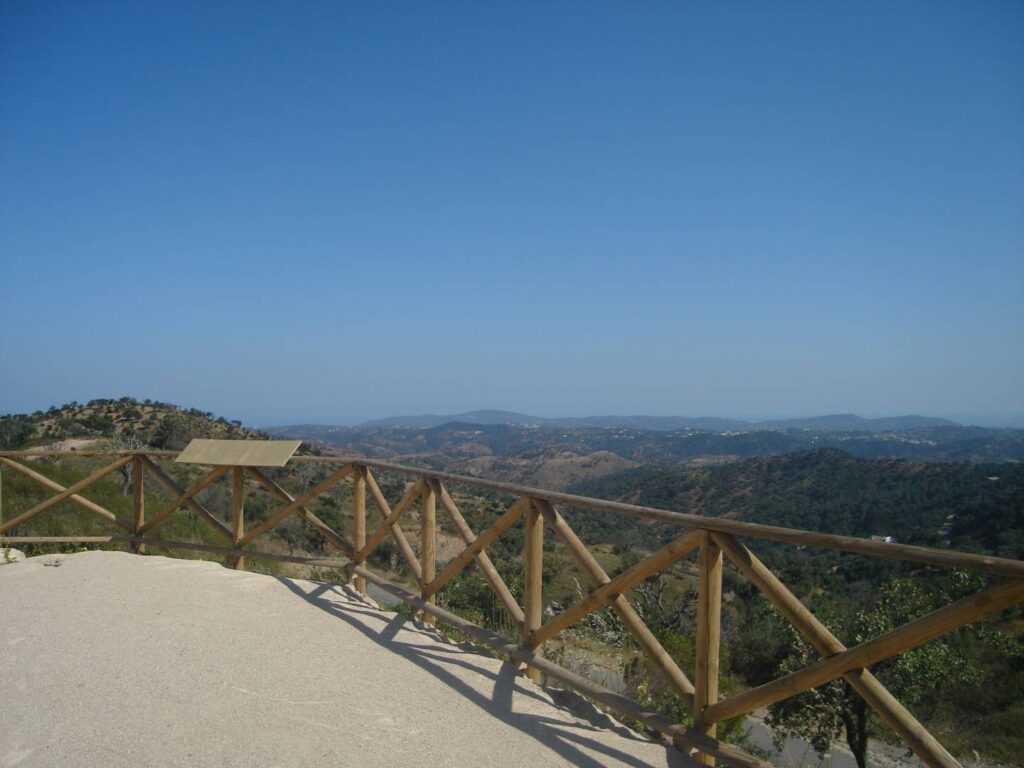
- Parque da Fonte Férrea
Another hidden gem in São Brás de Alportel. Set amidst pine trees and eucalyptus, this park is an ideal spot for a picnic. There’s a little stream with stepping stones and several trails that take you across the forest.
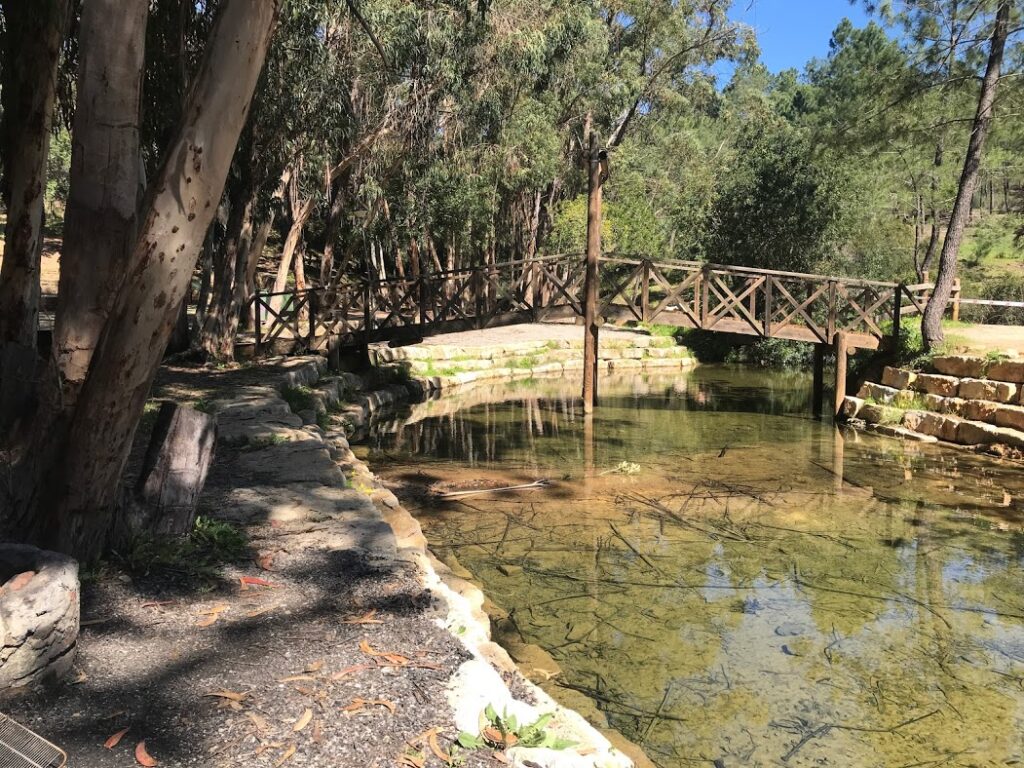
- Miradouro do Alto da Arroteia
At 368 meters high, the Miradouro de Alto da Arroteia offers some striking views. It is slightly closer to the coast, so you can spot the ocean emerging behind the hills.

- Historic center
A privileged point from which to explore São Brás de Alportel. The churchyard of the parish church offers a beautiful panoramic view from the Barrocal to the ocean and its surroundings. In the heart of the village, you can enjoy the contrast of high and imposing buildings and modest single-story houses, narrow streets, wide, magnificent stonework, and terraces.
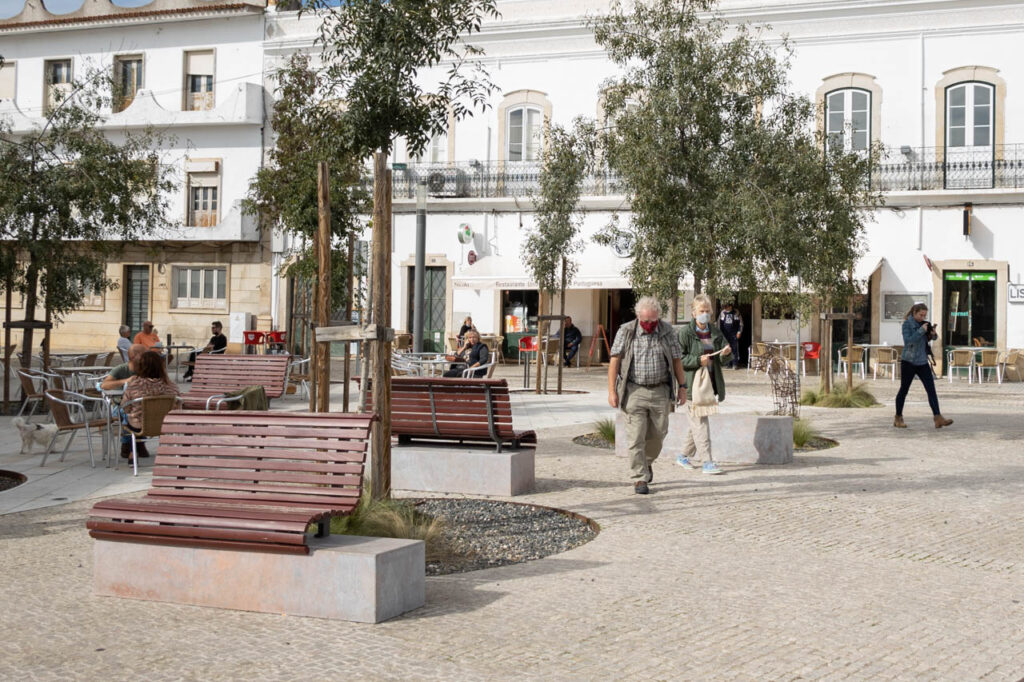
- Largo Square
In the old town core, this square assumed great importance in the old village every day. Stores the name of the old square which was located here, constituting the most important commercial center then. When walking, through streets and alleys, you can enjoy some remarkable buildings, as exemplified by the neo-Arabic style house with beautiful arch windows Horseshoe, from the late nineteenth century.
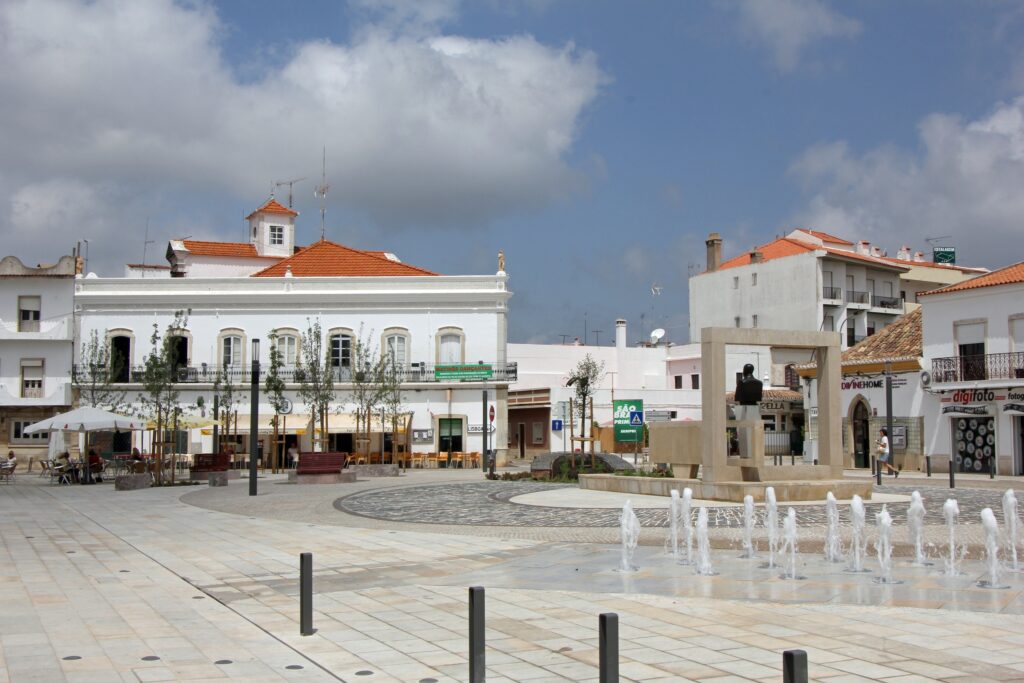
- Calçadinha Romana of São Brás de Alportel
It is thought that this path should be part original itinerary of Antoninus, one of the most important Roman roads of the southern former province of Lusitania. The “Calçadinha” would be an earthly way, being probably a secondary link between the main city of the Algarve – Ossonoba (Faro) – and the Conventual capital (Beja). Its route is developed for a total length of 1,480 meters, crossing a small valley south of the village.
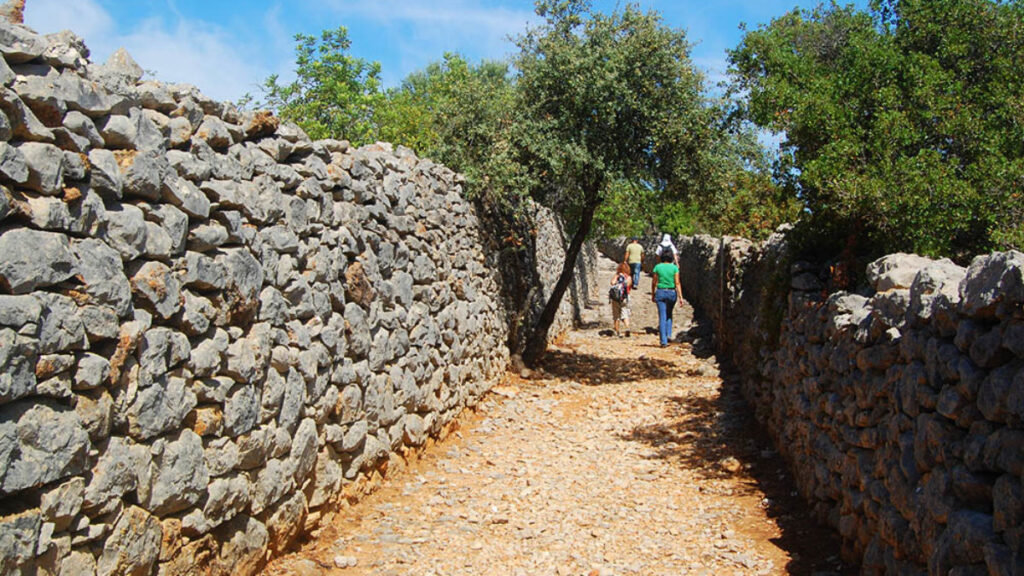
- Bengado Mill
At the top of the mountains, the old windmills are a constant presence. Recently restored, the Bengado mill awaits your visit, to tell the old stories of the time when their candles gave the people the daily bread. This mill was built in 1850, Mediterranean, fixed type built in stone and with a cylindrical shape is an example of a halter mill, the oldest drive system by means of rope and use of milestones for the roof rotation, seeking the best quadrant.

What to do in São Brás de Alportel
- Beekeeper Experience
Around São Brás de Alportel are several farms and rural estates. Some offer unique experiences like beekeeping. You’ll get to see the honeybees up close, learn how to create a honeycomb and speak with local beekeepers about their daily routine. At the end of the tour, you’ll often get a chance to sample some of that delicious honey.
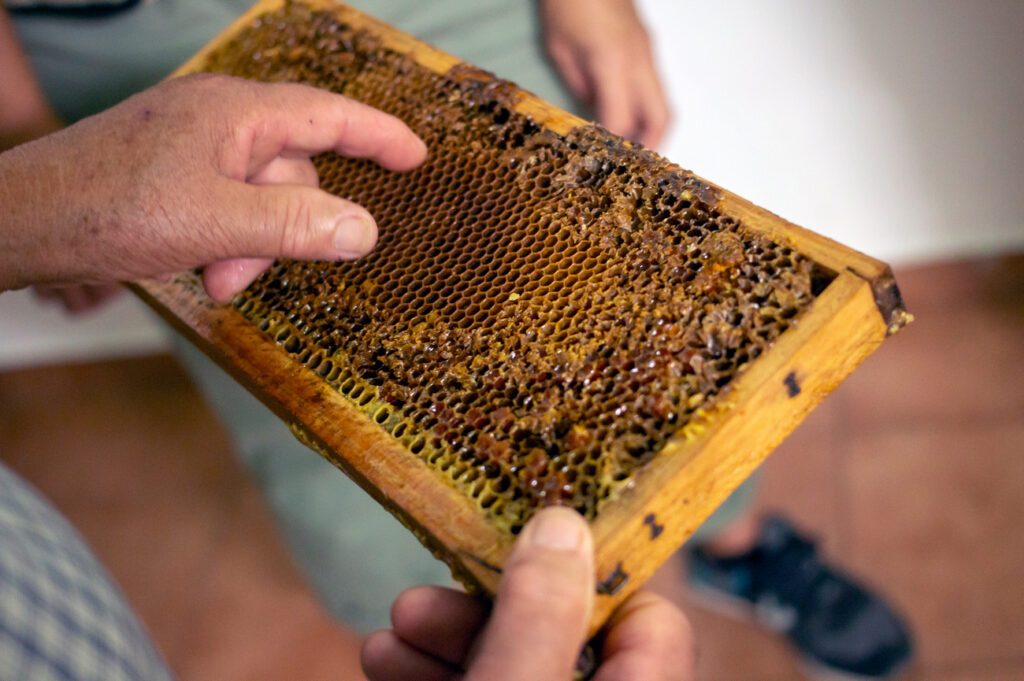
- A walk in the Barrocal
Villages nestling between hills. Walls of whitewashed stone flashing in the sun. The lush foliage of almond, fig, carob, and pomegranate trees. The bright colors of windows and doors stand out from plain facades. From Mesquita, with its typical water mill, through the picturesque villages of Desbarato Mealhas, Gralheira, and Vilarinhos, this route offers a fascinating insight into the Barrocal, the intermediate country that lies between the coast and the hills of the interior.
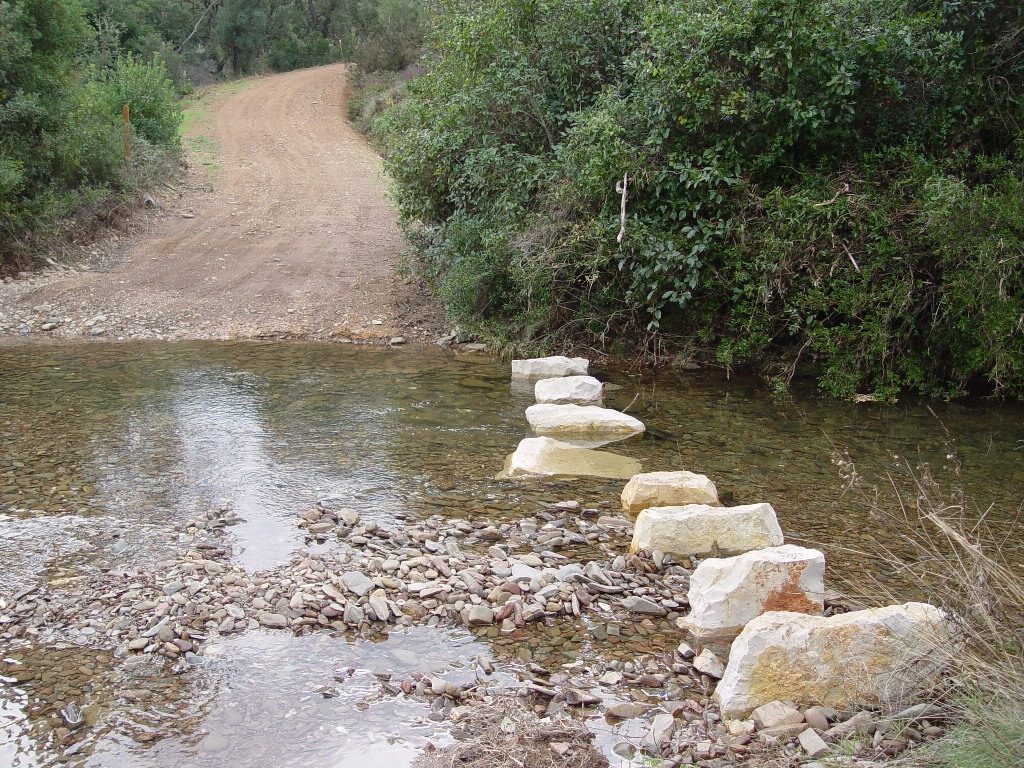
- Up into the hills
Vast open spaces, pure air, and fresh vistas around every corner. Then hamlets of just four or five houses perched on a hilltop. A feeling that time has stopped, a sense of penetrating the secret heart of the Algarve.
These are among the attractions of an itinerary that takes in Cova da Muda, Javali, Cabeca do Velho and its windmill and, on the way back down, Corches, Pero de Amigos and Ribeira de Alportel.
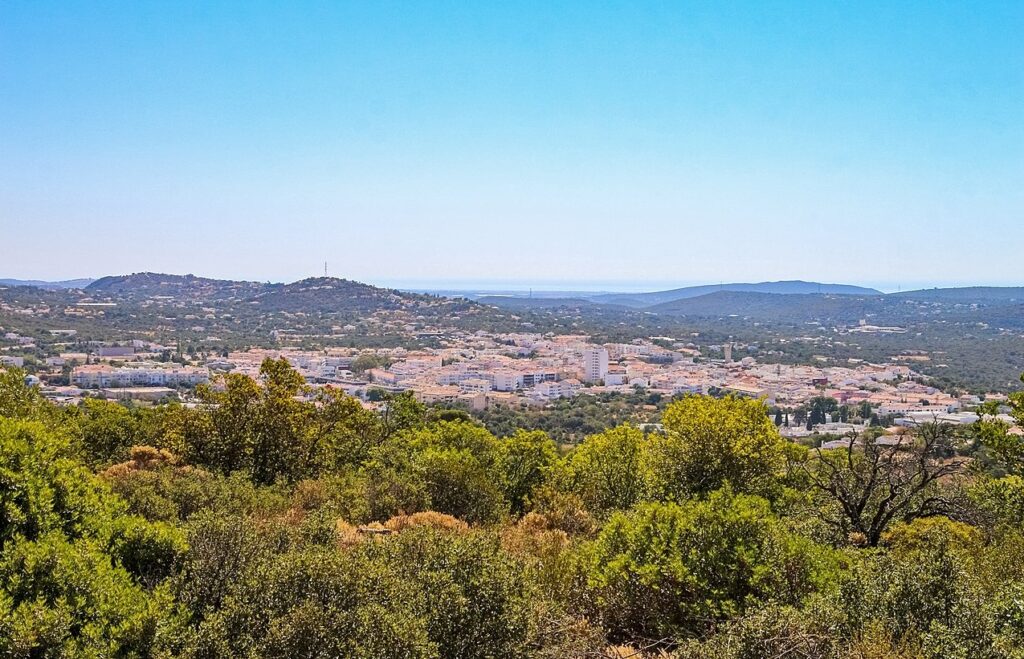
- Handicrafts
Many of the region’s traditional crafts still thrive in São Brás de Alportel, as can be seen from the brooms and brushes made with palm leaves in Soalheira, the objects woven from coarse esparto grass in Peral, Alfarrobeira da Tumba, the stonemasonry of Corotelo and the panniers and baskets of Desbarato. Tiles and bricks are still produced by hand in Vale de Mealhas, and wrought iron work in Vilarinhos and Gralheira. Craftsmen in Vilarinhos also make wooden spoons, miniature copies of typical local carts, and children’s toys, while Camping is known for its chairs, and Gralheira for its brasses. The mill in Cabeca do Velho still uses; nothing but Rind and millstone, to grind corn and wheat into flour that tastes as it had centuries ago.
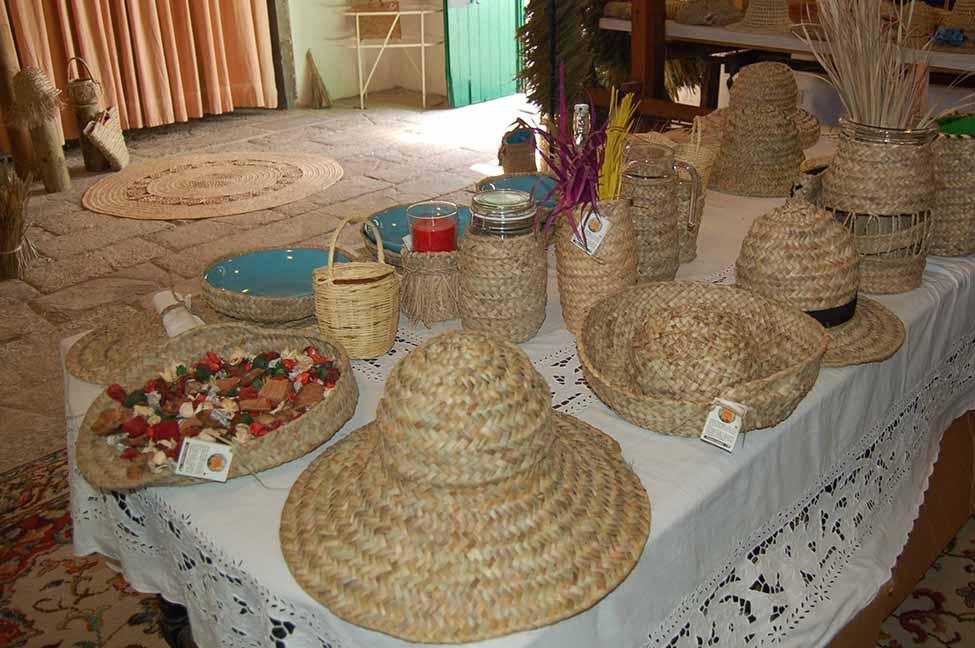
- Gastronomy
In São Brás de Alportel the local cooking is marked by the perfume of fresh herbs picked in the hills, whether it be the oregano used in Gazpacho or the pennyroyal in the thick bread soup known as açorda. In the hunting season, the rich, gamey flavors of wild rabbit in wine are not to be missed.
São Brás de Alportel is known for its almond confectionery which is especially popular at Easter time. Also much appreciated is the spirit slowly distilled from the fruit of the arbutus berry trees that grow in the hills, which is also used to make excellent herbal liqueurs.

- Lodging – Pousada São Brás de Alportel
S. Brás de Alportel Pousada was the first Pousada to be built in the Algarve, in 1942, and the second in Portugal. Only half an hour from the Algarve coast and Faro airport, it is the perfect place to savor the Algarve, avoiding the more crowded coastal resorts. As for gastronomy, you can enjoy delicious fish together with excellent Portuguese wines.
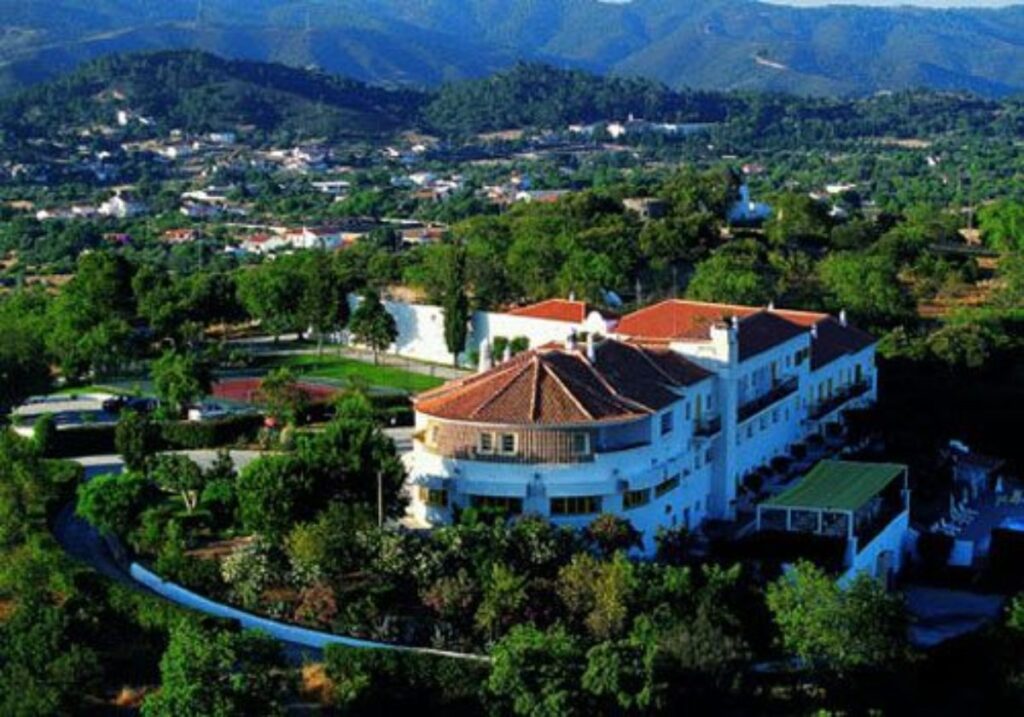
São Brás de Alportel Festivals
- Carnival
Like many towns in Portugal, São Brás de Alportel celebrates Carnival around February/March with colorful parades and street parties.
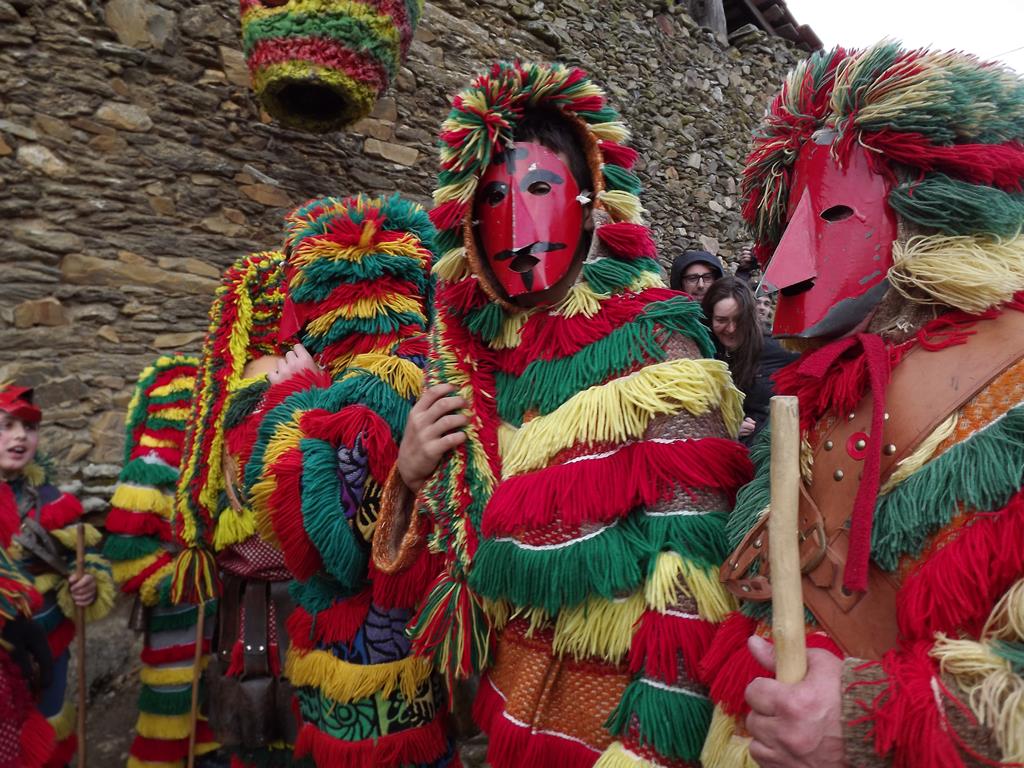
- Festa das Tochas Floridas
This religious celebration takes place every year on Easter Sunday. During the event, the streets of São Brás are paved with flowers, balconies are decorated with colorful bedspreads, and people carry flower torches as part of a procession. The party takes place around Largo de São Sebastião and the parish church.
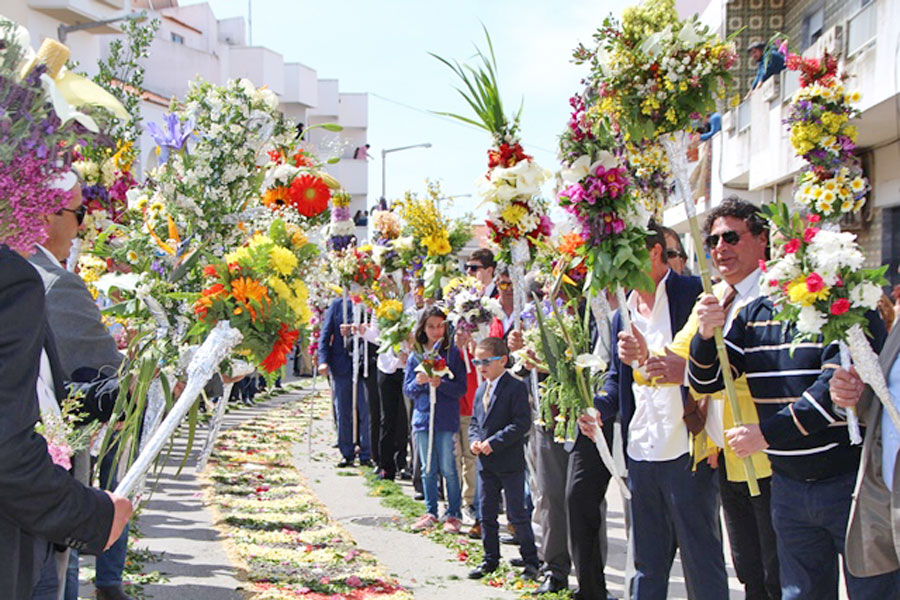
- Feira da Serra
On the last weekend of July, São Brás hosts Feira da Serra, a large event with live music and stalls selling local food and crafts.

Best time to visit São Brás de Alportel
The best time to visit São Brás de Alportel is in spring and summer. The town is pretty quiet most of the year, but it comes alive during these seasons thanks to local festivals. Temperatures can reach 30 ºC in summer, but spring is slightly cooler. It is the perfect time to hike the Serra do Caldeirão and enjoy a picnic in the countryside.








